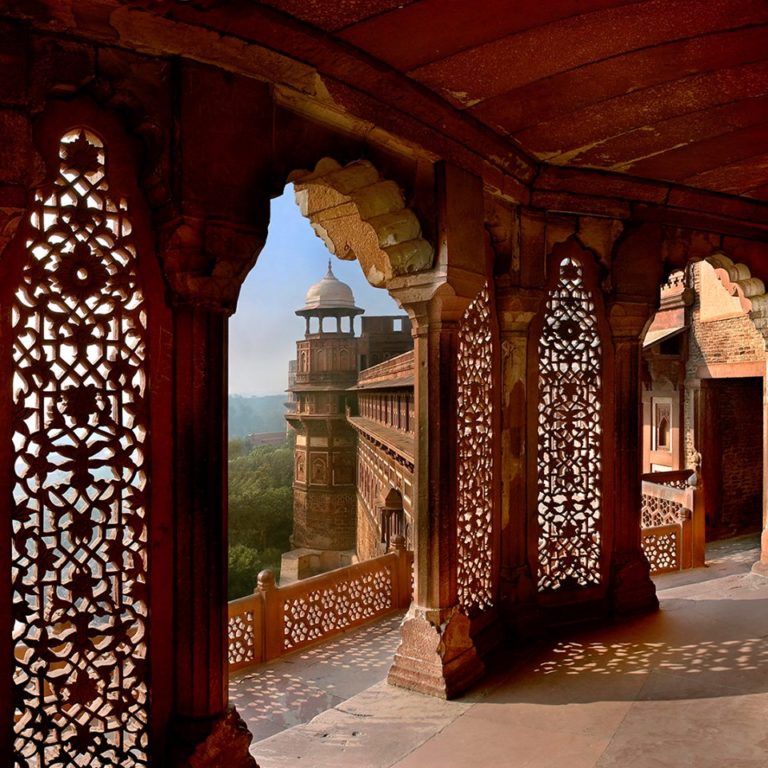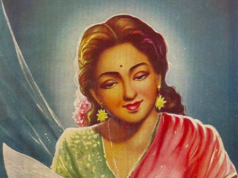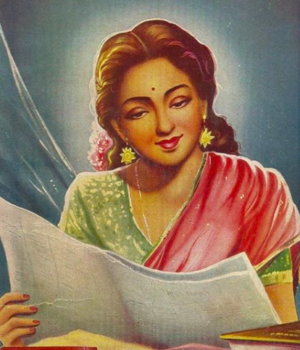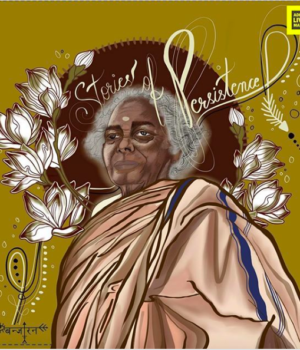
In an age when Gen Z is preoccupied with all things tech, whether AI, the Internet Of Things, cryptocurrency and such, how interesting would an old, non-famous monument be for them? Would they really want to know more about the history of dilapidated buildings, infused with memories of generations past? To be interested in learning about the people who lived and worked there, stories of love and family, business owners and military heroes, crime, trade, politics and more?
Amit Pasricha’s India Lost and Found (ILF) platform is exactly all about this: to get India’s youth curious and interested in the eras that preceded ours and the lives of people who’ve left their mark on the past.
Pasricha is a world renowned photographer who believes that photography is the most powerful language in modern times, and can be used as a tool for change. He therefore populates ILF’s feed with intriguing images of lesser known and unknown monuments (he calls them ‘lawaaris’ monuments) which are beautiful but in shambles, or badly abused, and will soon turn to dust in the name of development or due to encroachment, neglect and bad conservation practices.
The facade of Patwon Ki Haveli is entirely made up of detailed jharokas or balconies arranged in courses one above the…
Posted by India Lost & Found by Amit Pasricha on Saturday, 24 March 2018
Why? Pasricha laughs as he points out that the way we are taught history in school totally kills the spirit of curiosity about the subject.
Our text books have boring descriptions of the monuments, architecture, food and festivals, social fabric, administration and everything else, he points out, and are also presented by historians and ‘experts’, which is more like ‘a view from the top’, and not an interesting, explorative narration.
Moreover, this presentation is considered the final word about the people of those times, and students are instructed to memorise the same for test after test. As a result, the youth are completely disconnected from Indian culture and heritage, which is very ironic in a country like India, which has such a rich history and diverse culture.
Although Pasricha started ILF as a 3 year project, he’s realised that this is going to be a lifelong endeavour. Hopefully, it will not only showcase the significance of our heritage, but will empower others to make more of an effort to protect it.
Visit the ILF website for more information, and follow them on Facebook and Instagram to stay updated.
Written by Anisha Kashwani
All images credit: India Lost & Found













